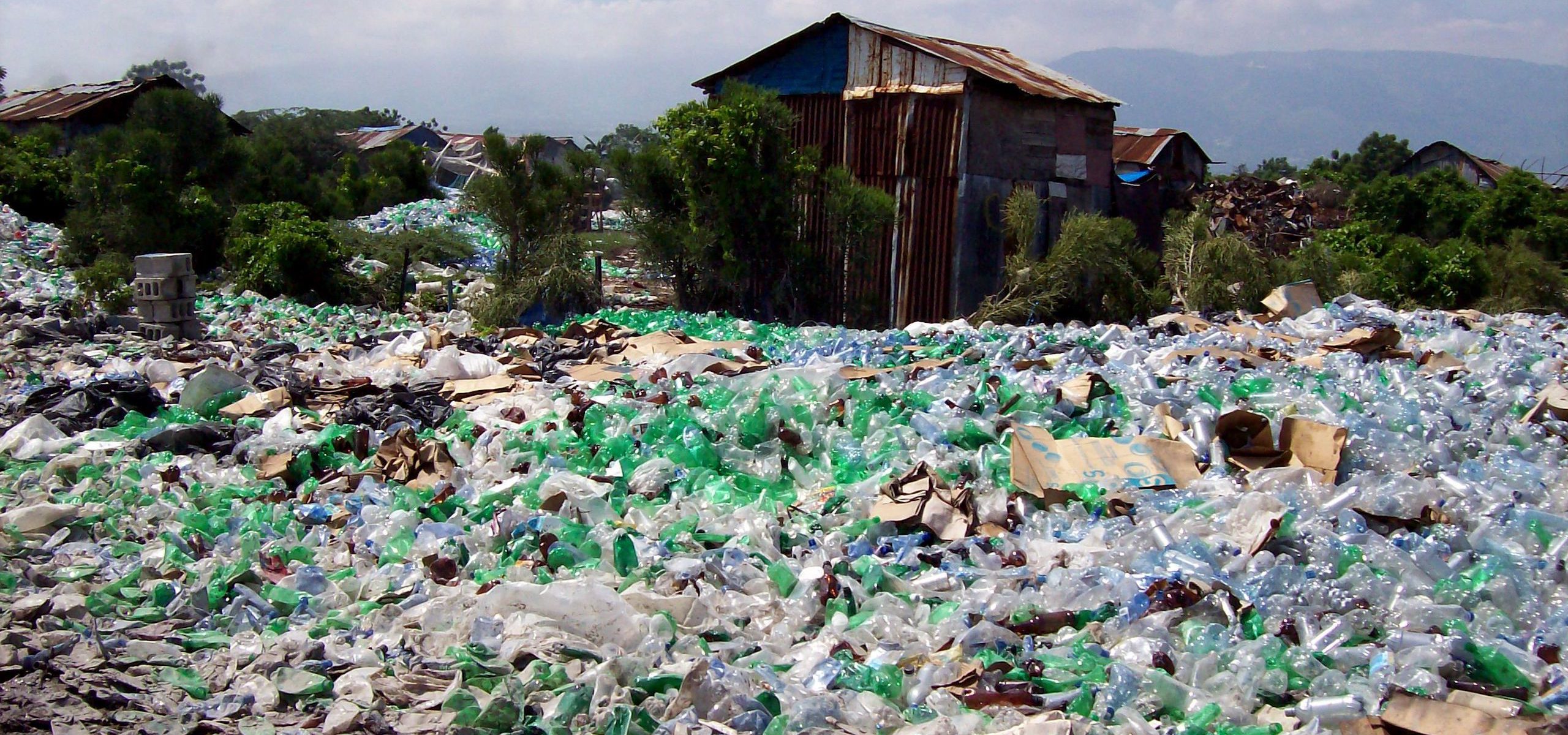Response Monitoring
Creating evidence of what works to improve accountability

Creating evidence of what works to improve accountability
Response monitoring is about creating evidence for humanitarian actors about what actions should be taken to address shortcomings and fill gaps in the response, with the aim of improving accountability towards affected populations, local government, donors and the general public.
During the response planning, humanitarian actors involved in the crisis response agree upon a Response Monitoring Framework (RMF). Response monitoring is also done at organizational level. The framework for response monitoring is developed based on previous response planning, and continuously tracks the humanitarian assistance against the priorities set out in the response plans, such as the Humanitarian Response Plan (HRP). To the extent that environmental activities have been included into the plan, corresponding indicators and targets should be set up and monitored. Specific environmental targets can also be included into the monitoring framework, such as the construction of temporary waste storages or the monitoring of water resources.
In addition to indicators and targets, periodic monitoring of the environmental context should be undertaken. This helps to identify emerging risks and vulnerabilities that affected communities might face and allows the response to be adjusted accordingly. A review of the environmental context should also include monitoring the environmental impacts of response operations in order to understand whether these are creating or exacerbating environmental risks, which might undermine humanitarian objectives in the long term.
How and which environmental changes are monitored will depend on available capacities as well as the local and crisis-specific context. Space-based observation, remote sensing as well as on-site, ground-based monitoring can be used to track various kinds of environmental degradation, such as deforestation, water scarcity, soil degradation, pollution through waste and toxic remnants of war. In addition, environmental features such as precipitation, temperature and severe weather can be monitored as well, as this information is relevant for hazard forecasting.
A situation analysis following a crisis typically looks at key crisis drivers, affected areas, the number and type of affected people, the ways in which people are affected, the most urgent needs and available capacities.
Assessing the environmental consequences of an emergency and prioritizing the response actions based on the needs, forms the foundation of a coherent, efficient and sustainable humanitarian response.
Environment is included into response plans in order to improve programme quality and accountability to disaster-affected people.
Environmental mainstreaming is dependent on successful resource mobilization, where environmental concerns must be integrated in funding proposals in order to secure funding.
Successful integration of environment into the implementation of humanitarian response requires that environment be included into preparedness and planning phases, but also effective coordination with national actors.




